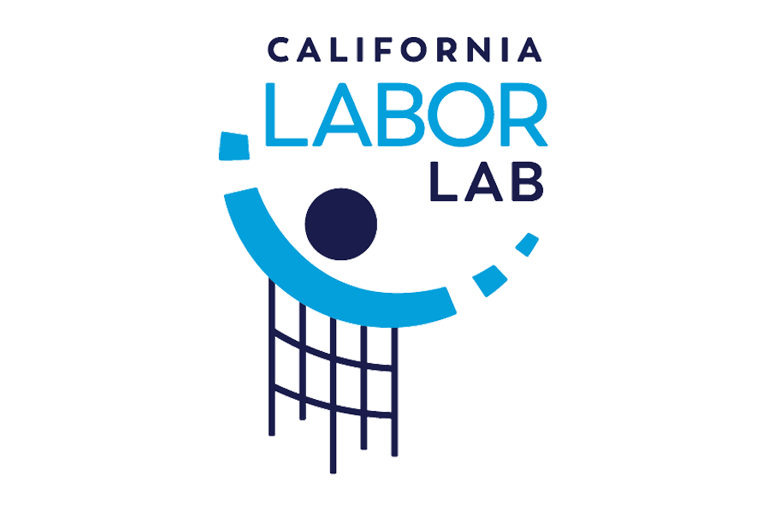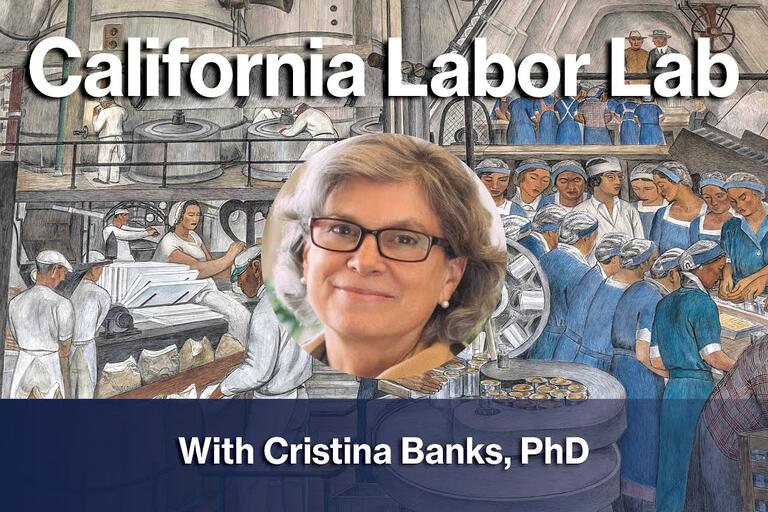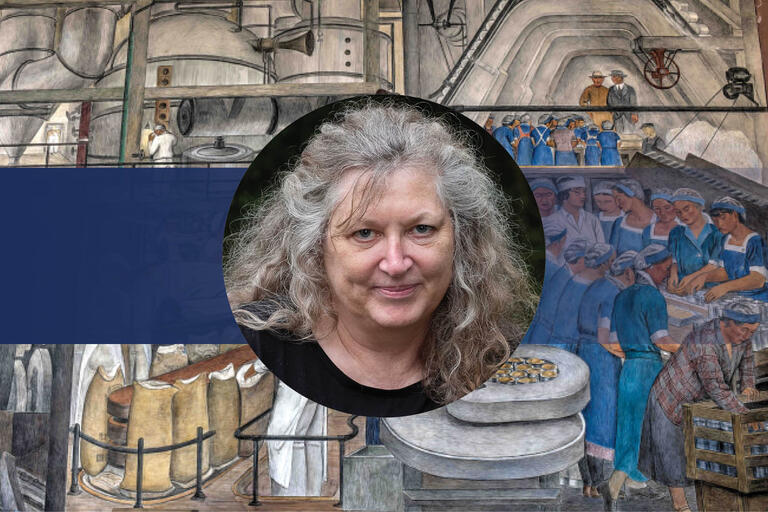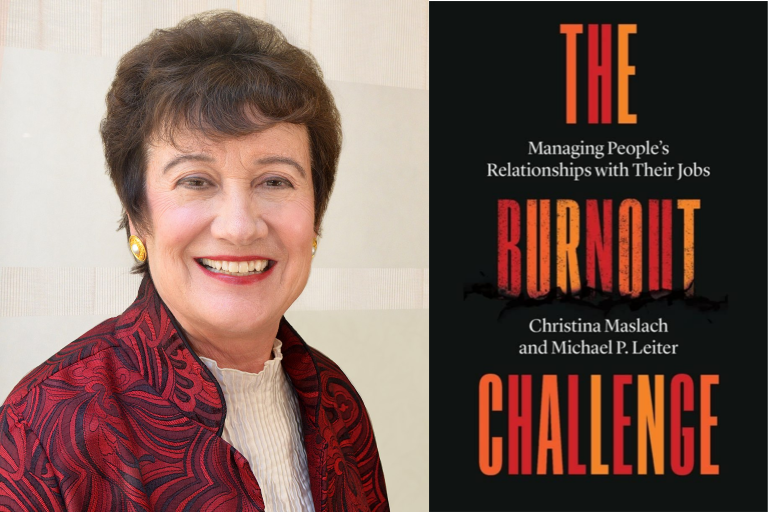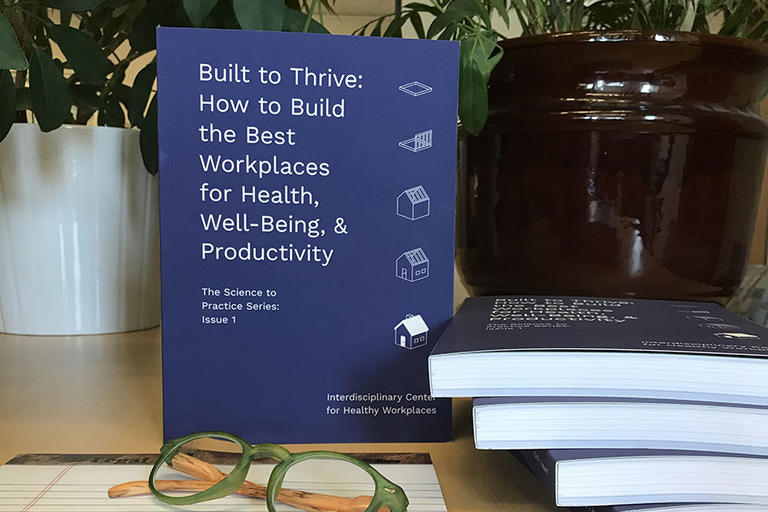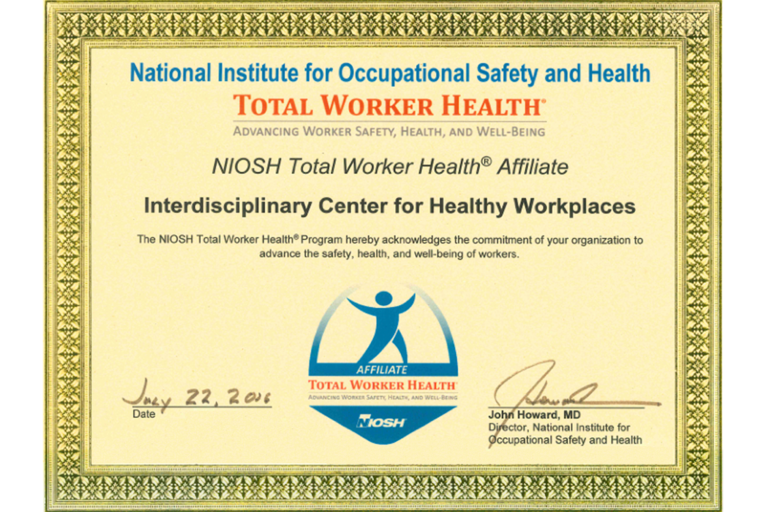Welcome back to our website! We took a bit of a break in communicating with you due to staffing changes and the launch of an extremely ambitious but incredibly important new project, the Work Futures Initiative. We have more details about this project here, and we hope you will come along with us as a new vision and framework for the future of work, worker experience and workplaces emerge and sets us on a new path in 2026!
We have also been very busy writing and presenting in new and familiar places—check out “Our Work” and the “California Labor Lab” to catch up with new scientific findings, new perspectives on how to create healthy workplaces, and opportunities to join an exciting profession, Total Worker Health. Please enjoy. And most importantly, venture outside of your silo to see what other people are doing that will literally enhance your work and life.



